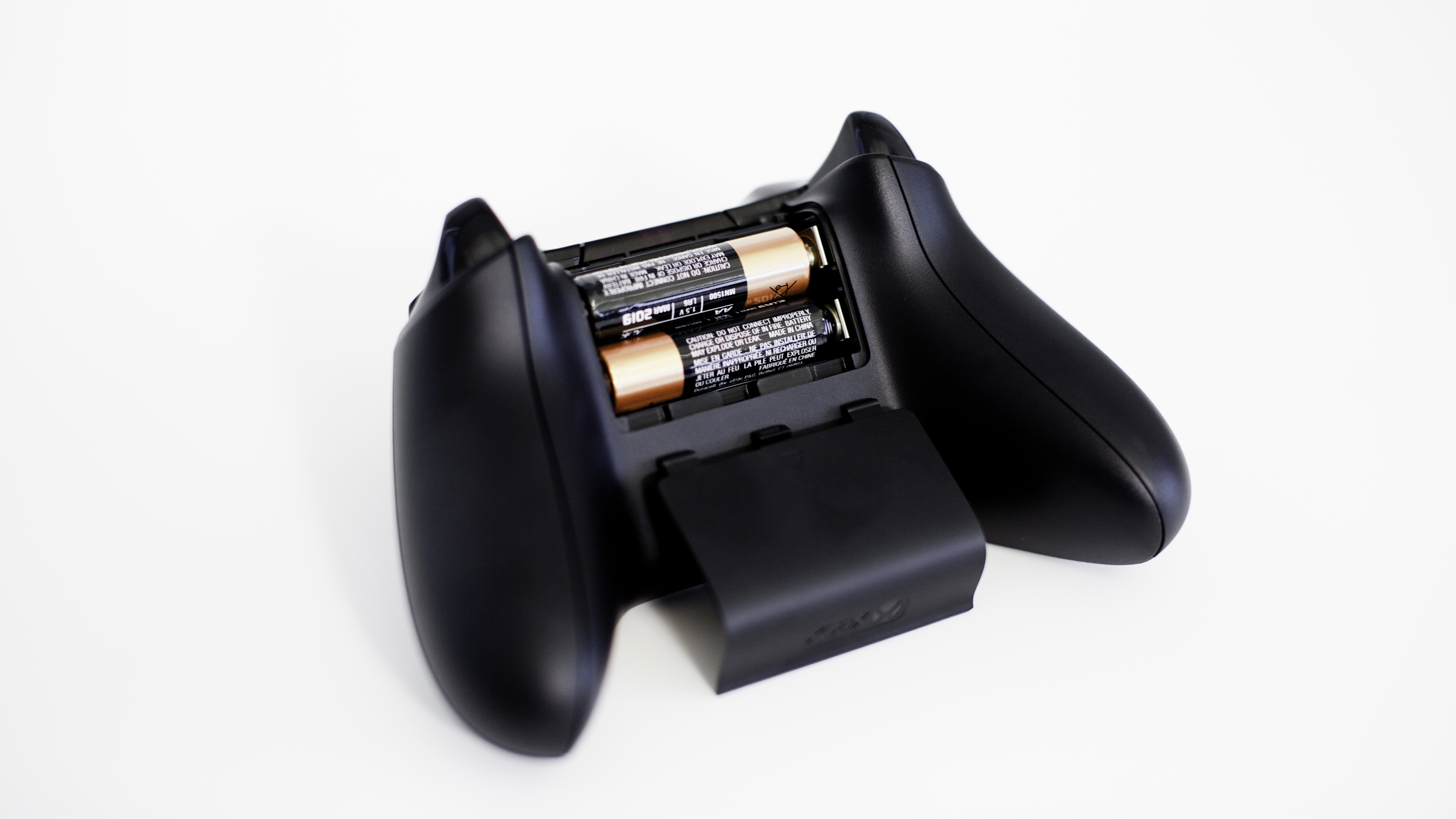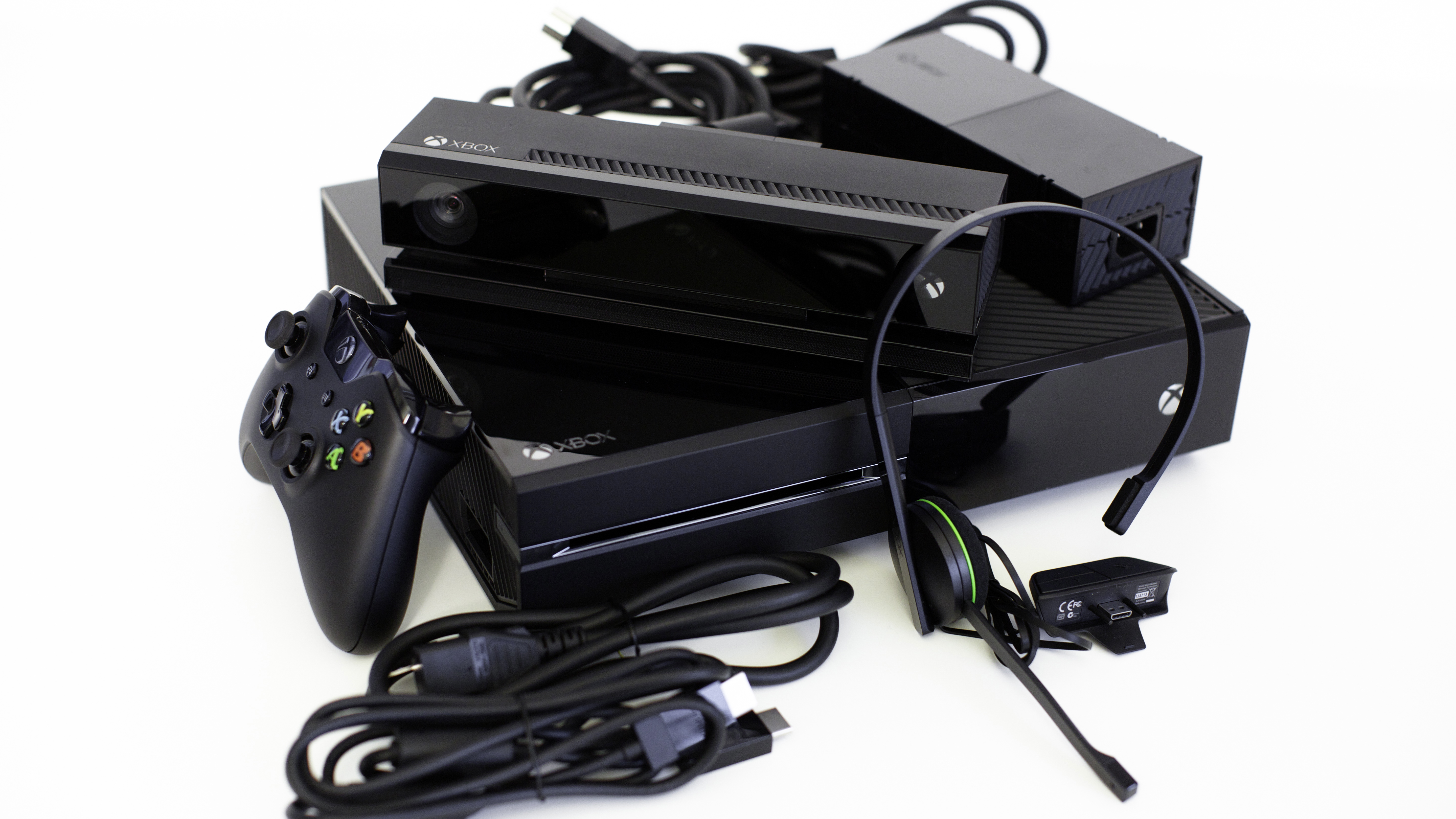From reveal to retail: How we arrived at the Xbox One Day One Edition
Xbox One was against everything before it was for it
That exploration was never needed, as the backlash over Microsoft's complicated used games policy led to a complete reversal at the same time the company did away with online check-ins.
You're required to buy Kinect, but don't have to use it
The Xbox One Kinect is a powerful 1080p gesture and voice-based input that can process 2GB of data per second and recognize six skeletons at once.
But this next-generation camera has gotten under gamers' skin for a number of reasons, mostly because it was originally supposed to be essential for the Xbox One to function.
This requirement led to everything from reasonable privacy concerns to unchecked conspiracy theories when it was revealed that the sensor would be listening for the "Xbox, On" voice command even when the system was powered off.

It sure didn't help that reports fingered Microsoft for working with the US government on its Prism surveillance program. Its alleged spying on web customers further gave credence to the thought of Xbox One snapping photos and listening in on conversations in users' living rooms.
It took more than two weeks for the company to note that the Xbox One Kinect could be paused and that even the "Xbox, On" functionality could be disabled.
One less problematic issue remained: the new Kinect is much larger than its Xbox 360 counterpart. Users still complained that it might be a hassle to set up in certain living room or bedroom environments.
Get daily insight, inspiration and deals in your inbox
Sign up for breaking news, reviews, opinion, top tech deals, and more.
Microsoft set the record straight at the end of the summer, confirming that the Xbox One Kinect would not be required to be plugged in after all.
Open to indie games, maybe more than Sony
The Xbox One's final strategy shift came when Microsoft reversed its indie game policy.
All game developers originally needed to find a publisher to back their software in order to have a game release on the Xbox One, threatening garage-based video game creators.
This emerging talent simply migrated to Sony's indie-friendly PS4, as Microsoft's rival was more than happy to demonstrate during an usually long segment of its E3 2013 press conference.

A month after this happened, Microsoft not only opened up the Xbox One platform to small-time developers, it announced that all Xbox Ones would double as a developer unit.
This kind of hardware can be five times the cost of a normal console.
"Our vision is that every person can be a creator," Xbox Chief Product Officer Marc Whitten said in a statement on July 24.
"That every Xbox One can be used for development. That every game and experience can take advantage of all of the features of Xbox One and Xbox Live."
Xbox One price remains
Microsoft changed its tune on four out of five controversial decisions, keeping the higher Xbox One price intact as it goes head-to-head with the PS4 today.
The Kinect-camera-included console costs $499 in the US, £429 in the US and $599 in Australia for its worldwide launch.

But even this will change eventually. Early adopters are going to pay the premium for Microsoft's next-generation console, while everyone on the sidelines will enjoy inevitable price drops.
Macro changes for Microsoft
Microsoft didn't change Xbox One's VCR-like form factor, its 8GB RAM and included specs, or the launch game lineup in the last six months as much as it overhauled its jarring, unfriendly policies.
Because of this, Xbox One acts more like the Xbox 360 than it did when it was first revealed in May, and for many gamers, that's completely OK.
Most importantly, it shows that Microsoft is open to change, a valuable lesson the wider company is at this experiencing at this very moment with its CEO exiting and its once-software-only investments looking to hardware beyond the Xbox brand.
- Our Xbox One review is evolving by the minute, but it's definitely worth reading right now.
